
Animals That Graze on Grass. Grazing typically describes a type of feeding in which animals forage for plants and grass for consumption. The word "graze" is derived from the Old English word "grasian," which means "grass." Grazing animals, especially domestic livestock, play an important role in agriculture. According to the Ontario Ministry of Agriculture, Food and Rural Affairs, grazing has the largest impact on pasture productivity and survival. Animals use their senses, such as sight, smell, touch and texture, to graze.
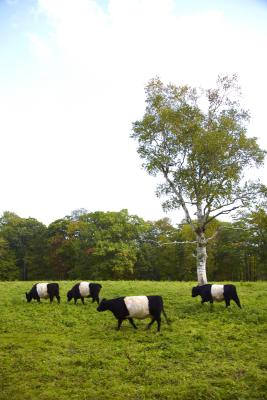
Known as one of the most-selective grazers of domestic animals, sheep have the ability to choose individual plants and leaves on a plant. Their lip shape and their method of moving their tongues allows the sheep to graze very selectively. In their grazing, sheep prefer: forbes, broad-leaved grasses, fine-leaved grasses, sedges and dwarf shrubs, in that order. Sheep have a high-nutrient requirement; lack of good nutrition affects lamb production. Effective grazing depends on land availability and quality.
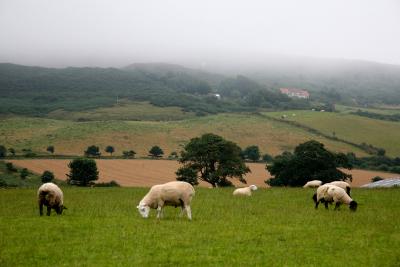
The least-selective domesticated livestock grazers, cattle utilize their tongues to pull grass into their mouths, which doesn't allow them to be selective about the grass they eat. Cows graze at the rate of 70 to 80 bites per minute and can forage up to 154 pounds per day. Cows prefer fine grasses rather than broad-leaved grasses or legumes. They also like to change their grazing area frequently.
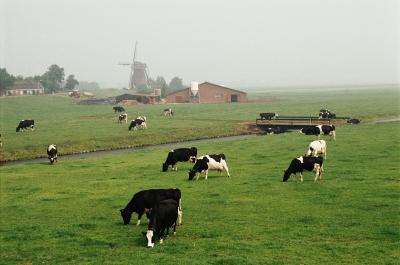
The American bison, known as the representative animal of the Great Plains, according to "National Geographic," once covered much of North America and were essential animals to the Plains Indians. These grazers feed on plain grasses, herbs, shrubs and berries. Bison regurgitate the grass and chew on their cuds before fully digesting their food. Although their number dwindled after the 19th century, the bison population has rebounded to about 200,000; most still live on the plains and are raised for food.
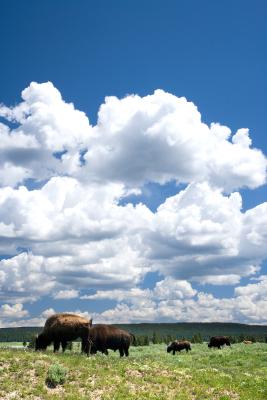
Natives of Central Africa, the white-eared kob graze on the nutritious short grasses of the Sudd wetlands in southern Sudan during the dry season. The low meadow sandwiched between the Sahara desert and tropical forests of Africa gives the white-eared kob limitless quanties of drinking water and grass to graze upon. During the wet season, the white-eared kob travels approximately 930 miles in search of lands less susceptible to flooding in the southern part of the plains.
 Top 10 Most High Energy Dog Breeds
Top 10 Most High Energy Dog Breeds
Top
Top 10 Most High Energy Dog Breeds
Top 10 Most High Energy Dog Breeds
Top
 Relationships Between Man & Animals
Relationships Between Man & Animals
Relationships Between Man & Animals
Relationships Between Man & Animals
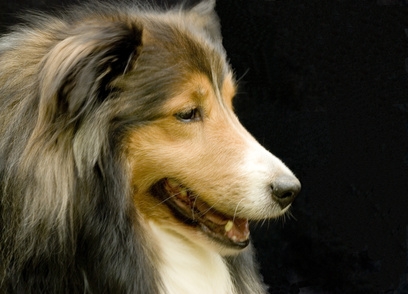 Sheltie Facts
Sheltie Facts
Sheltie Facts. "She
Sheltie Facts
Sheltie Facts
Sheltie Facts. "She
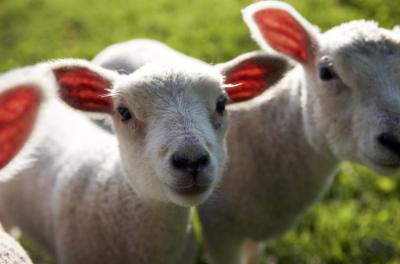 Homemade Milk Replacer for a Lamb
Homemade Milk Replacer for a Lamb
Home
Homemade Milk Replacer for a Lamb
Homemade Milk Replacer for a Lamb
Home
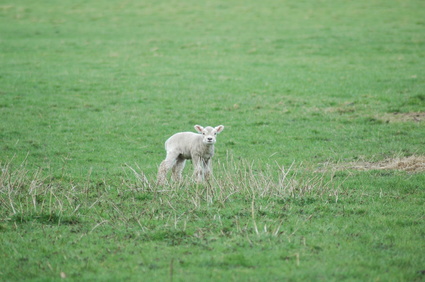 How to Wean an Orphan Sheep From a Milk Replacer
How to Wean an Orphan Sheep From a Milk Replac
How to Wean an Orphan Sheep From a Milk Replacer
How to Wean an Orphan Sheep From a Milk Replac
Copyright © 2005-2016 Pet Information All Rights Reserved
Contact us: www162date@outlook.com